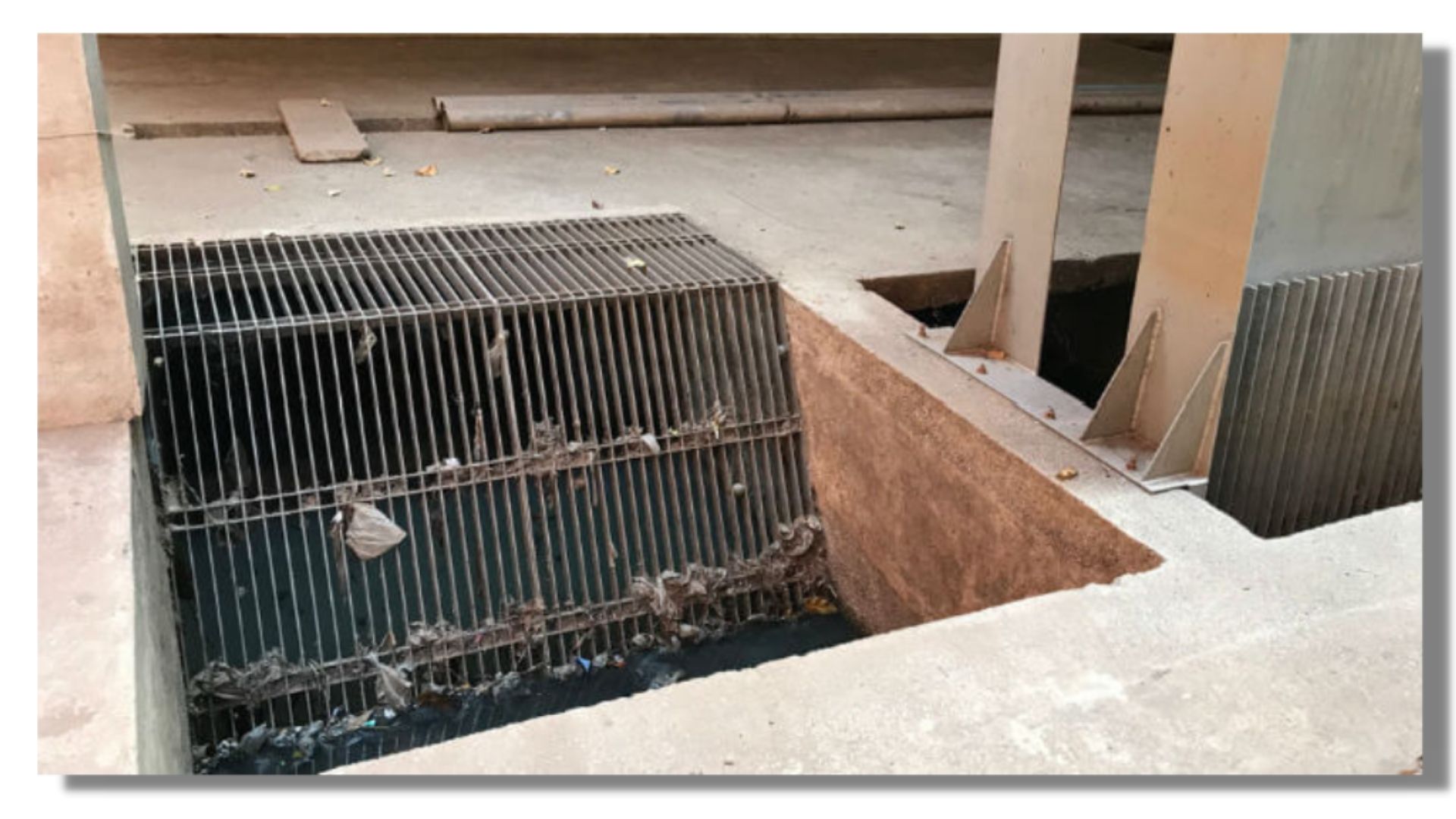Screening:
Screening process is the first and essential step in the treatment of sewage. It consists of passing sewage through different sized screens to trap and remove comparatively large size of floating matters. If such floating matters are not removed, they may damage pumps and mechanical equipment’s, and it will interfere with the satisfactory operation of the treatment units.
A Screen is actually a device, which has openings of uniform size for removing large suspended or floating matters in sewage. The screening element may consist of parallel bars, gratings or wire meshes or perforated plates and the openings may be of any shape, although generally they are circular or rectangular.
Screen should be situated preferably just before grit chambers, and they are housed in a chamber called screen chamber. These screens are always set in an inclined position with an angle of about 30º to 60º with vertical.
This increases the effective screening surface by 40 to 100% and helps in preventing the excessive loss of head due to clogging.
Types of screens in wastewater treatment
Screens used in wastewater treatment may classified as follows:
● According to size of openings – coarse, medium and fine screens.
● According to shape of screens – disc, band, drum, cage, wing and perforated plates.
● According to the condition of movement – fixed and movable.
● According to the method of cleaning – hand cleaned or mechanically.
According to size of openings:
Coarse Screen:
These types of screens are also called as Racks or Bar screens. They have relatively larger openings ranging from 5cm to 10cm. They serve more as protecting devices in contrast to fine screens with function as treatment devices. Bar screens are usually hand cleaned.
Medium Screens:
These types of screens have openings of 2cm to 5cm. These are mechanically raked units, and used before all pumps or treatment units such as stabilization ponds.
Fine Screens:
These types of screens are mechanically cleaned devices using perforated plates or very closely spaced bars with clear openings of less than 2cm and they need continuous cleaning to prevent clogging.
According to shape of screens:
These screens are usually fine screens and are available in different forms as mesh screen, band screen, perforated plate screen, wing screen, drum screen, disc screen, cage screen etc.
According to the condition of movement:
Fixed screens:
These are permanently set in position and must be cleaned by rakes pulled between the bars.
Movable screens:
These are stationary when in operation, but are lifted from the sewage for the purpose of cleaning.
Screen chambers are wide open channels which are provided with smooth entrance and exit. At its entry point, it should be narrow enough to keep the minimum approach velocity of flow at a self-cleansing value and should be wide enough at its exit point to keep the maximum velocity from dislodging the accumulated slope.
According to the method of cleaning:
Hand Cleaned:
These are used in the screening process in wastewater treatment at small facilities, hand cleaned screens are hand raked. they’re ideal to use as a standby during times of high flow, or when more modern mechanical screening methods are under repair or maintenance.
Mechanically Cleaned:
Mechanically cleaned screens helps in increasing the efficiency and it reduce the problems in wastewater treatment process.
These are further classified into 4 types
Chain Driven Screens: These front and back chain driven screens can rake from upstream or downstream. An automatic chain cleans the stream, increasing the functionality of the whole wastewater treatment solution.
Catenary Screens: These front return, front cleaned chain driven screens use impressive, yet straightforward, internal mechanics to stop further jamming within the presence of huge or heavy objects.
Reciprocating Rakes: These wastewater treatment screening solutions use one rake instead of multiple, making them less efficient when facing heavy loads during the screening process in water treatment. Also these are referred to as a climber screen.
Continuous belt screen: Ultra-high tech, functional and efficient, this sort of screening has many rakes and is continuous and self-cleaning, whether facing fine or coarse solid loads.

